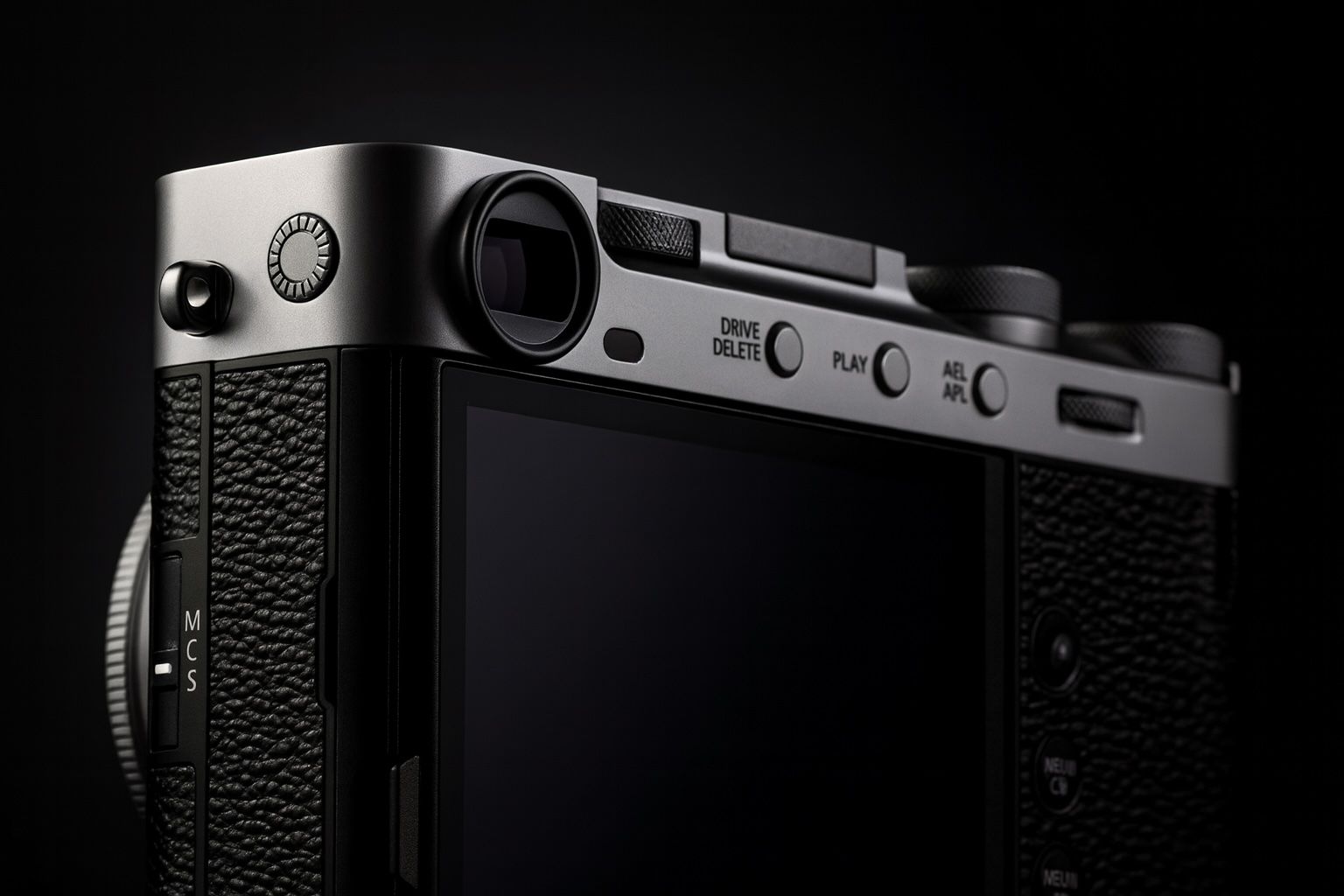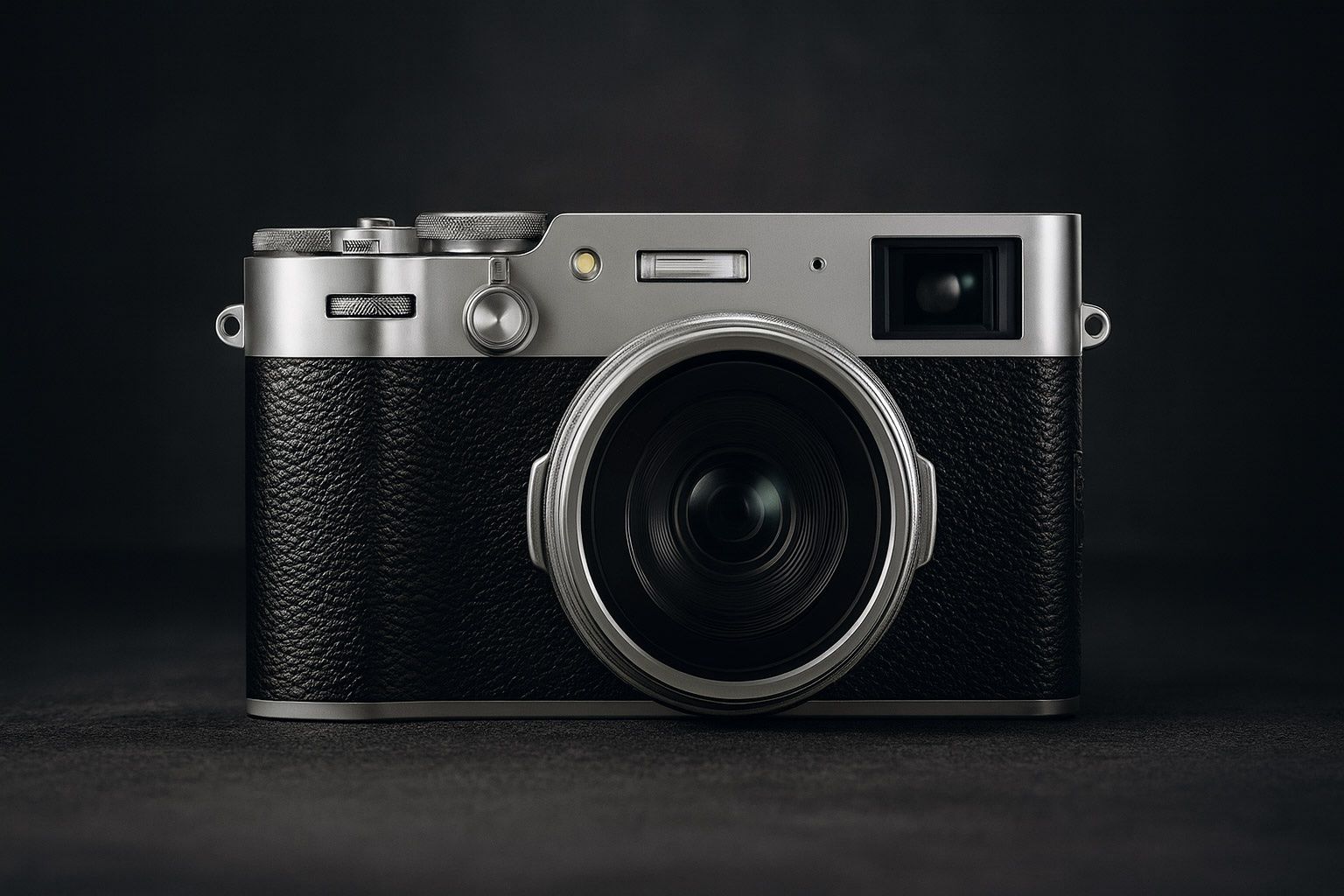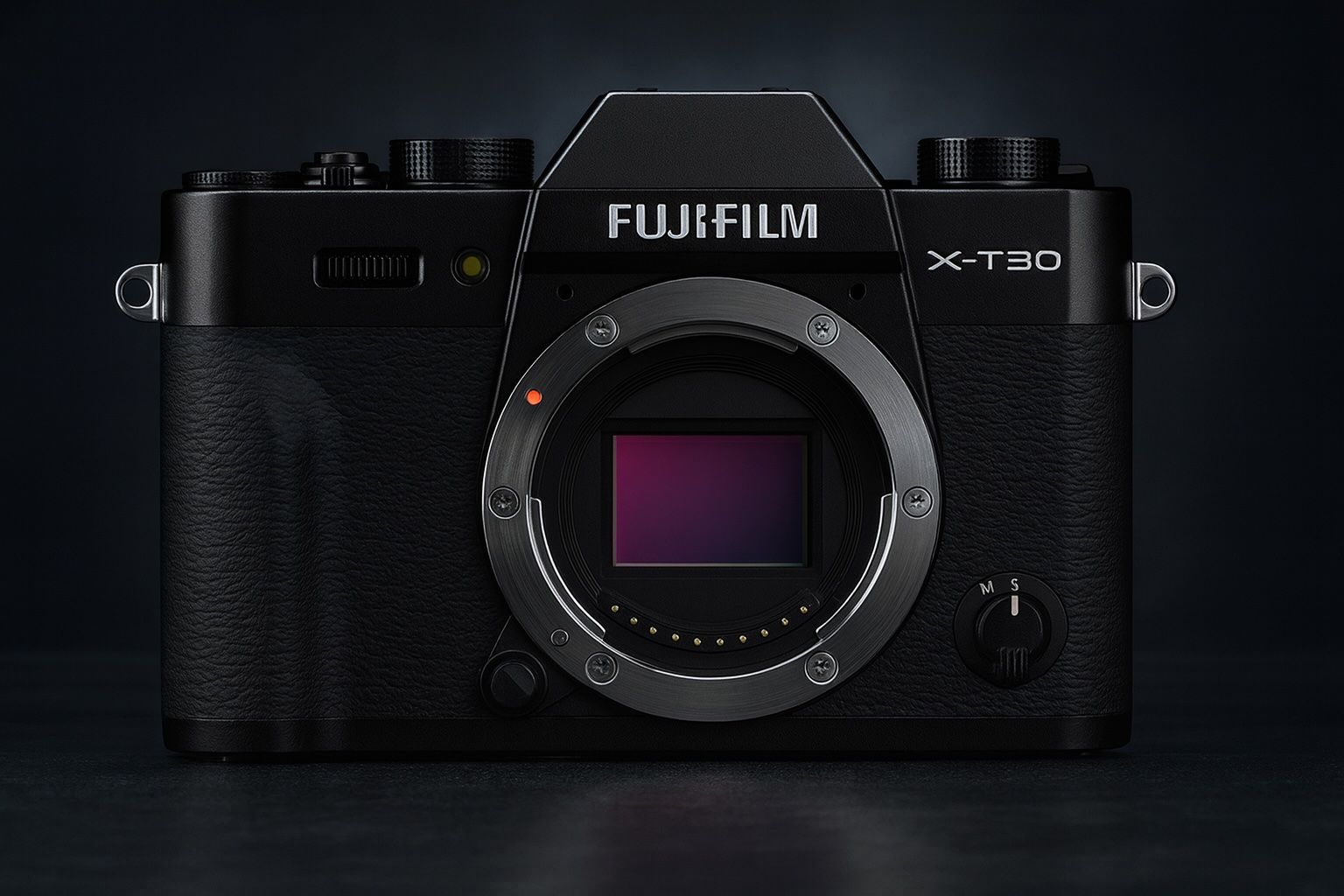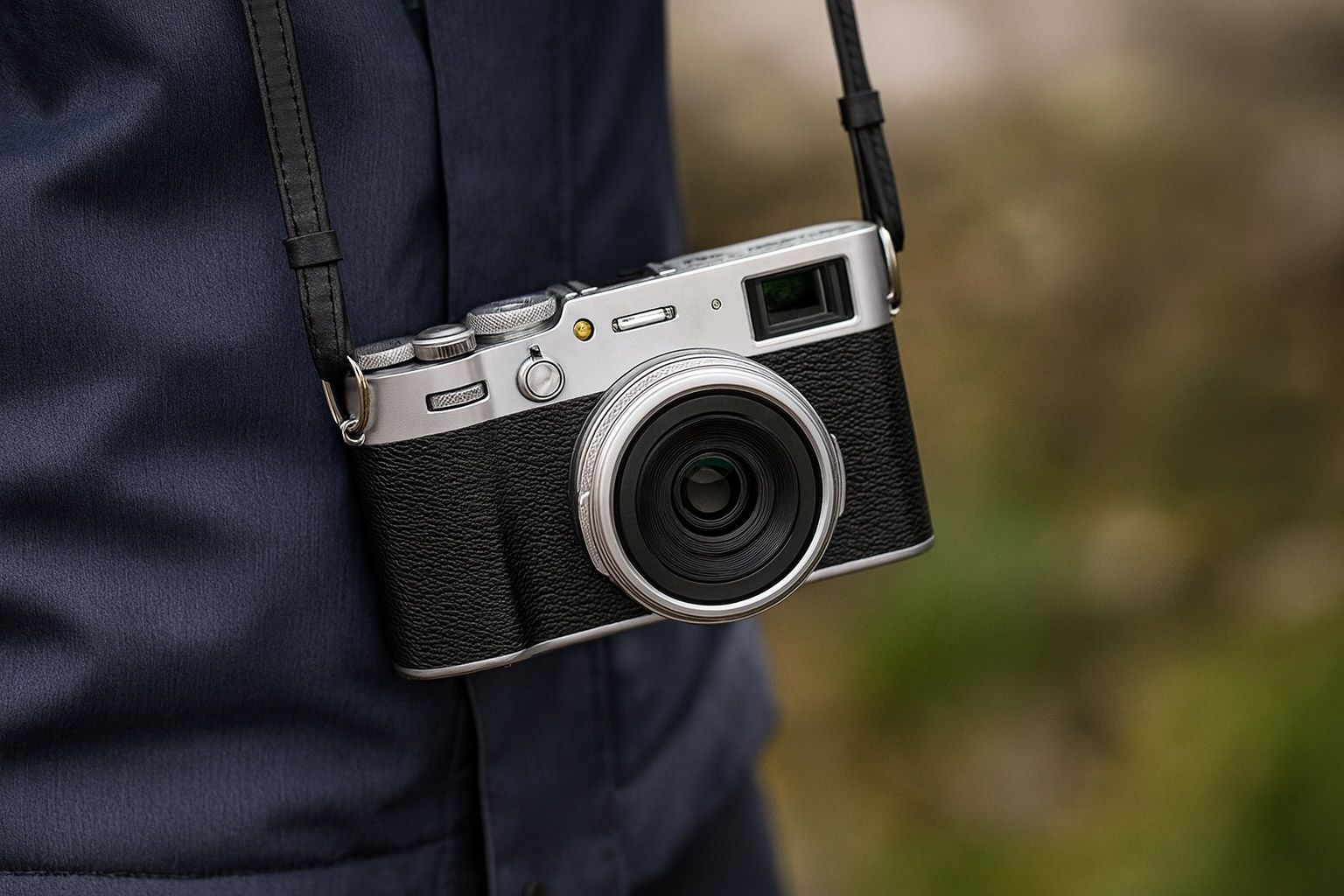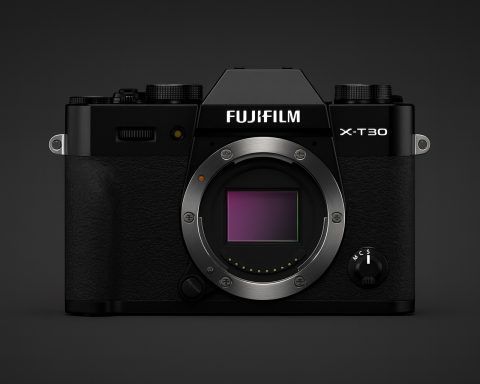
Fujifilm X-T30 III: Big Upgrades or Just Hype? Latest Leaks Reveal Fuji’s Next Compact Powerhouse
X-T30 II Discontinued? Signs Point to a Successor Imminent The Fujifilm X-T30 II (released in 2021) has recently become scarce at major retailers, hinting that its successor is on the way. In late September, B&H Photo briefly marked the X-T30
